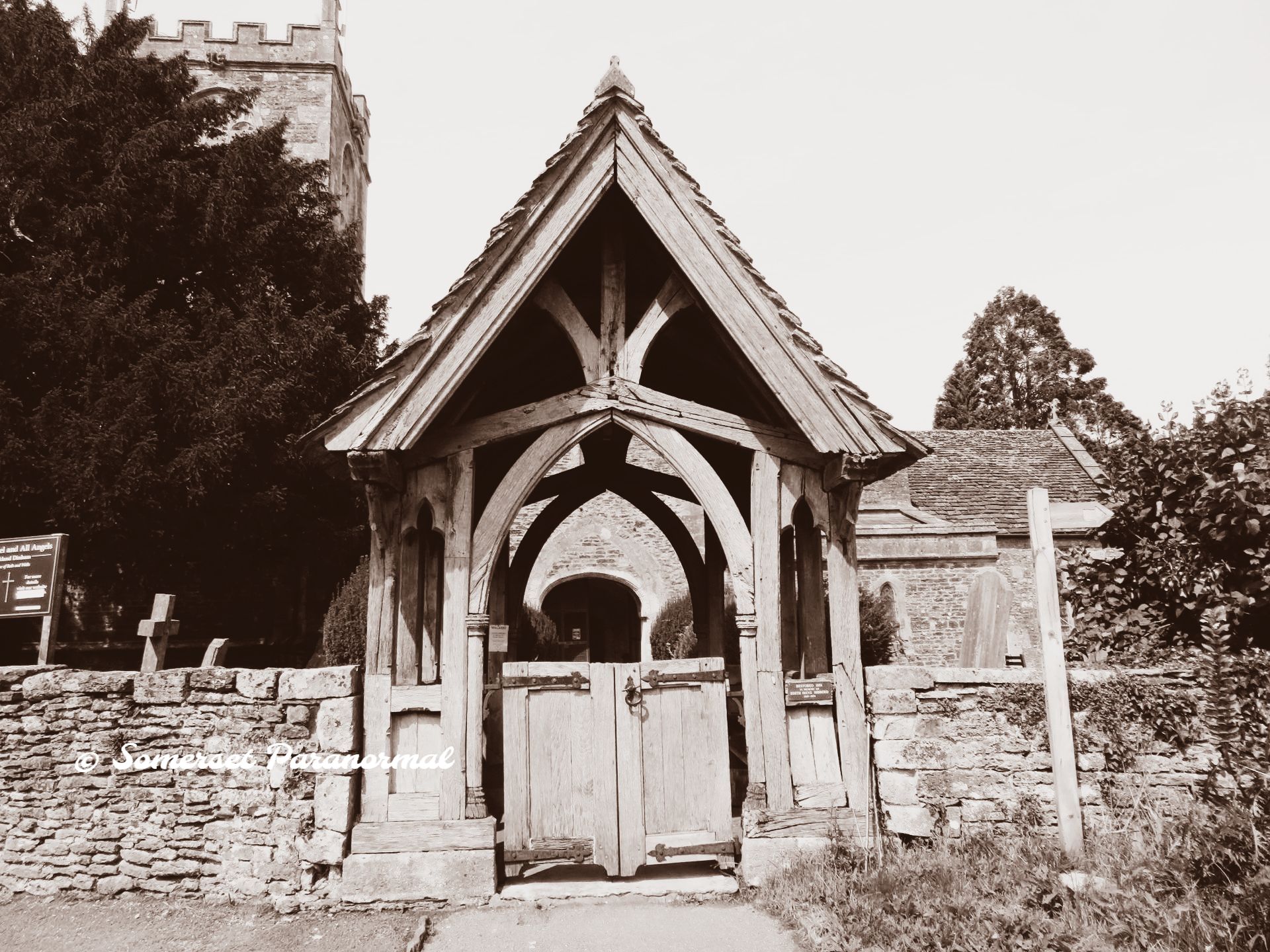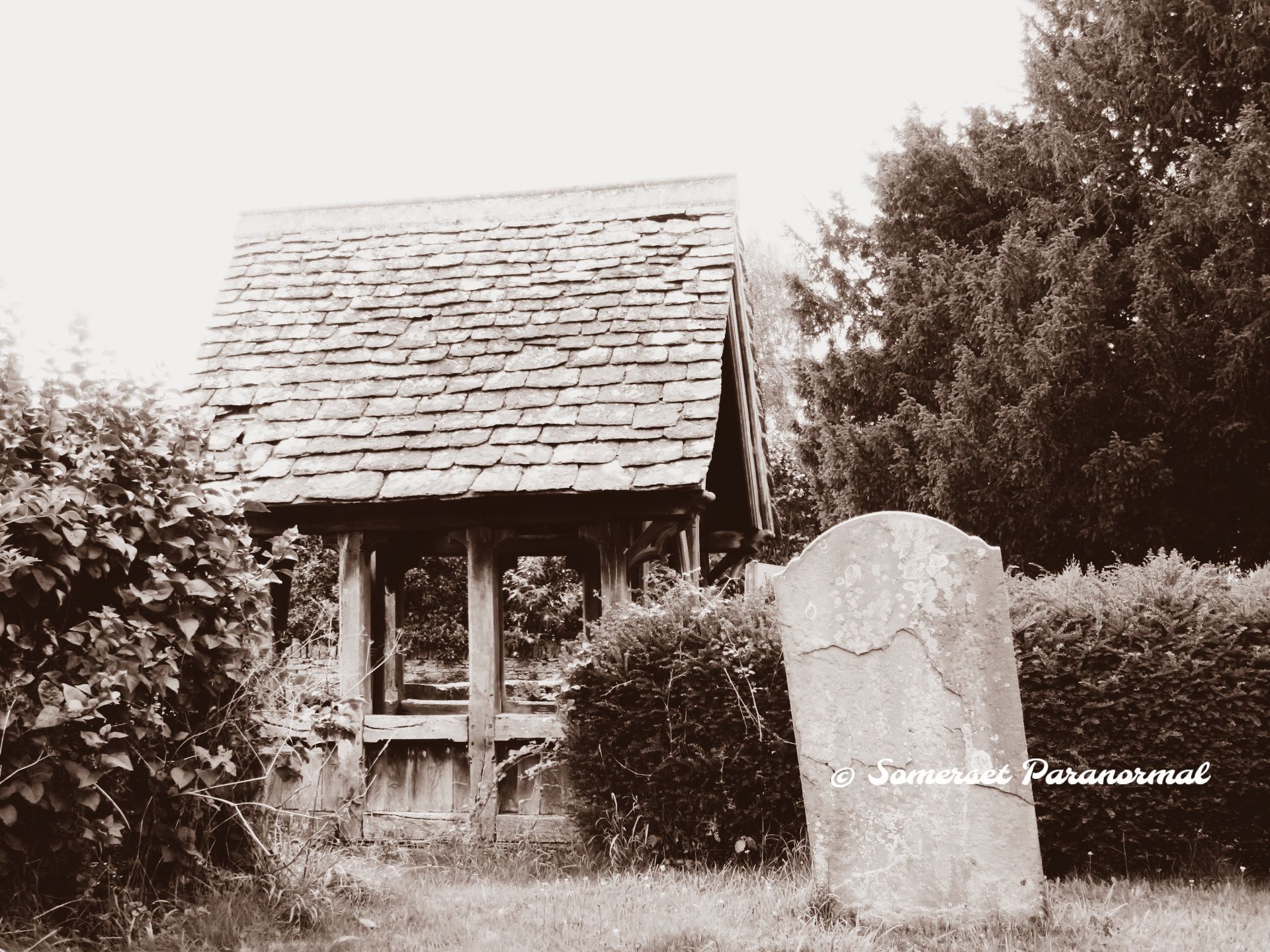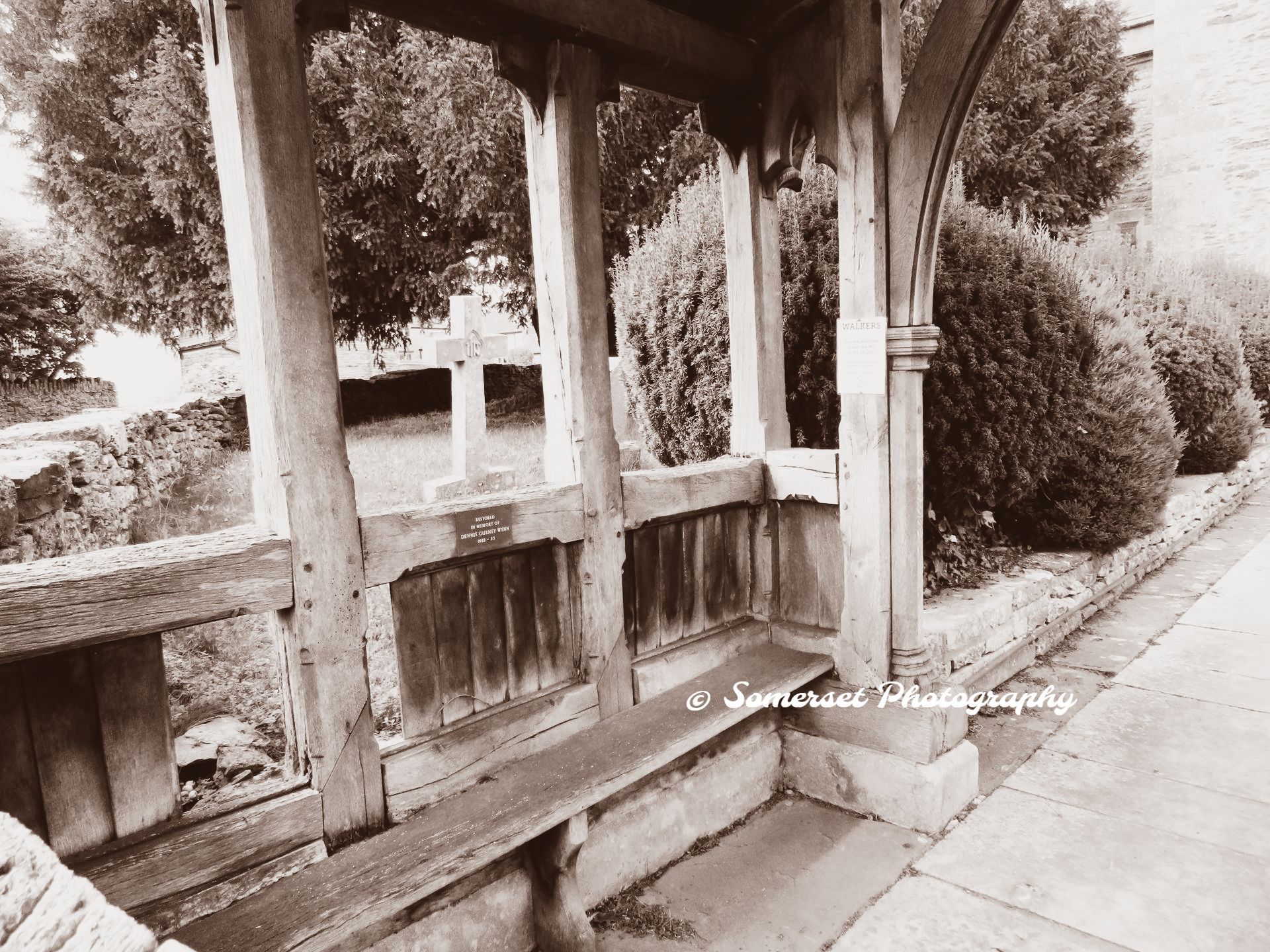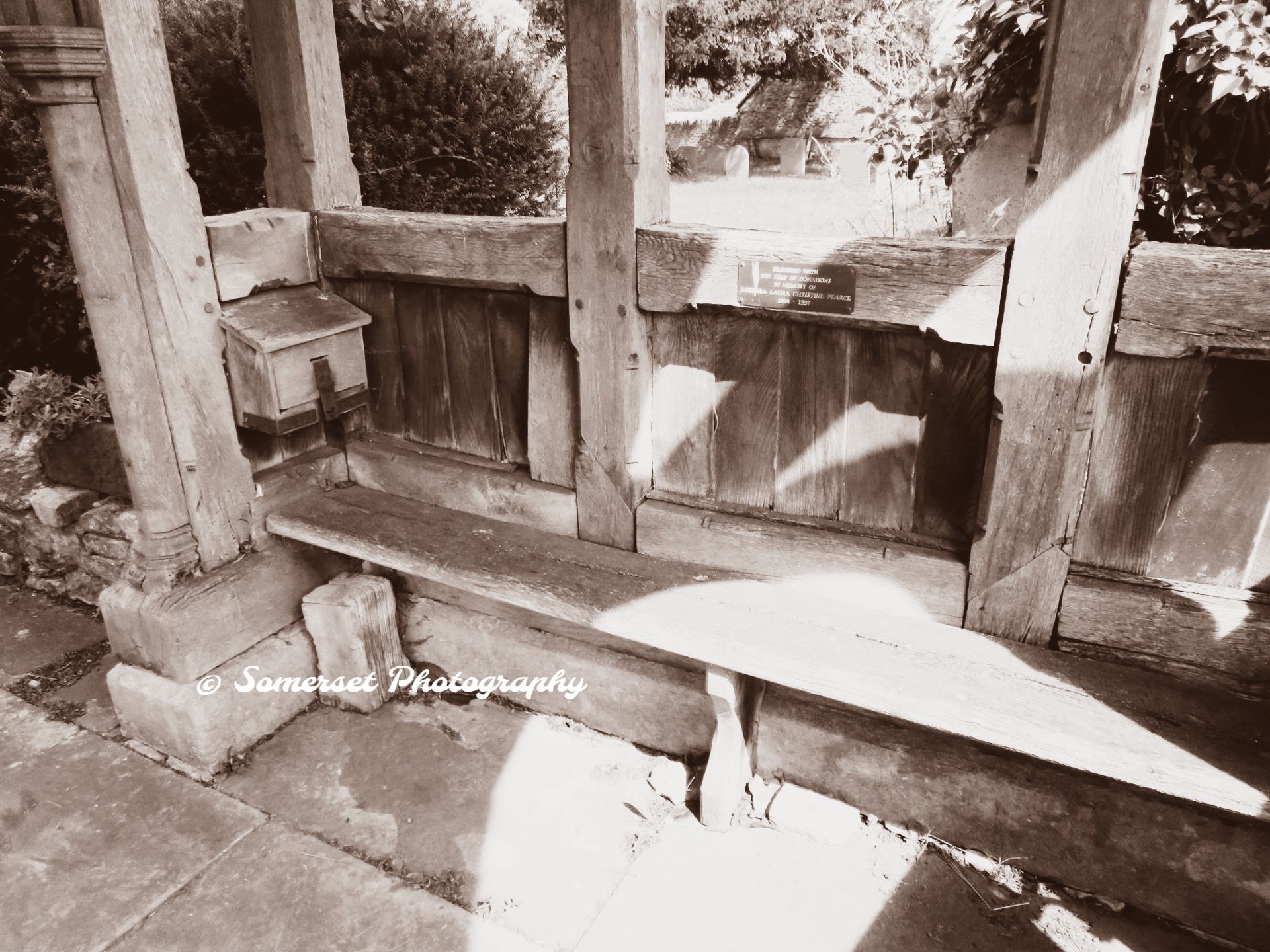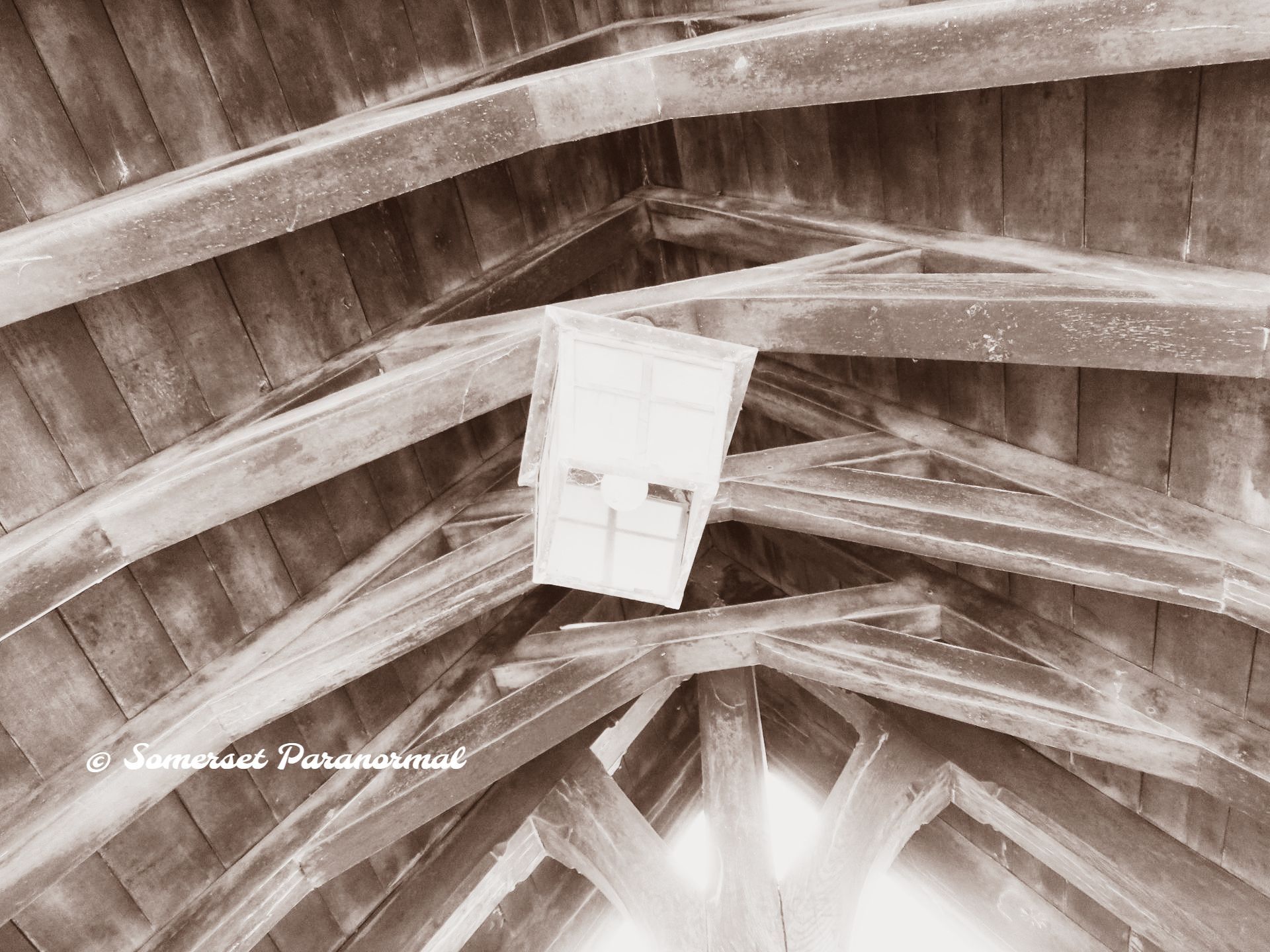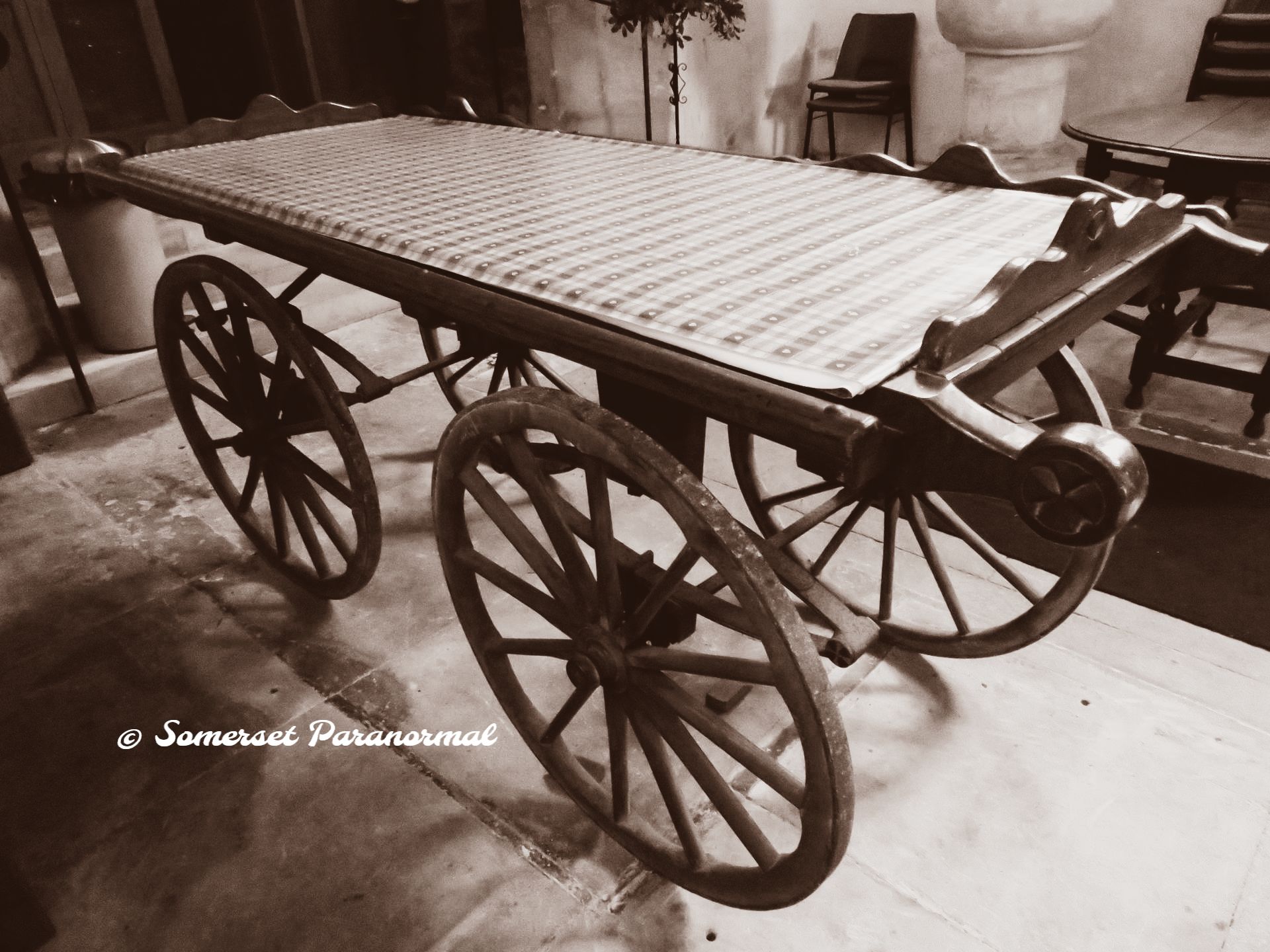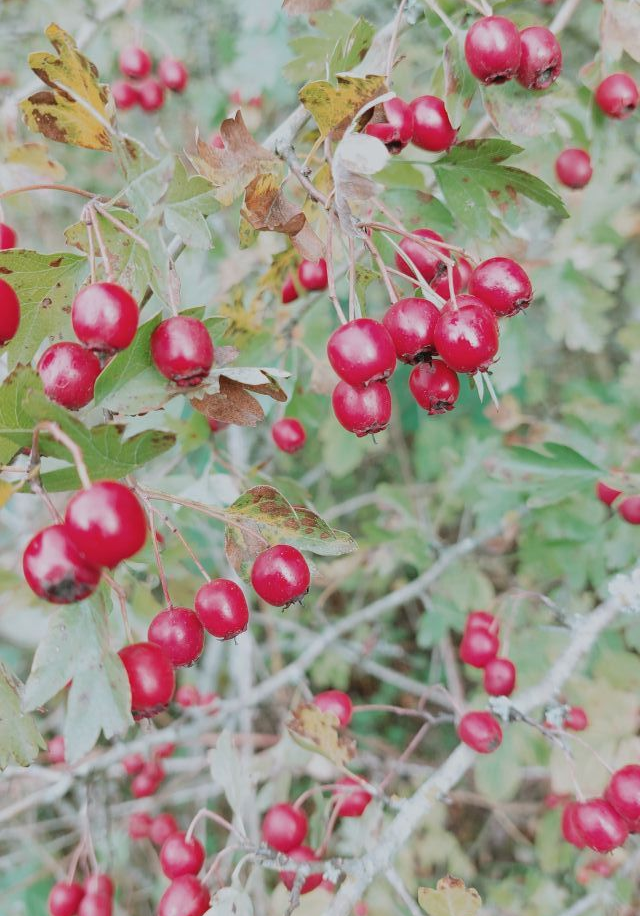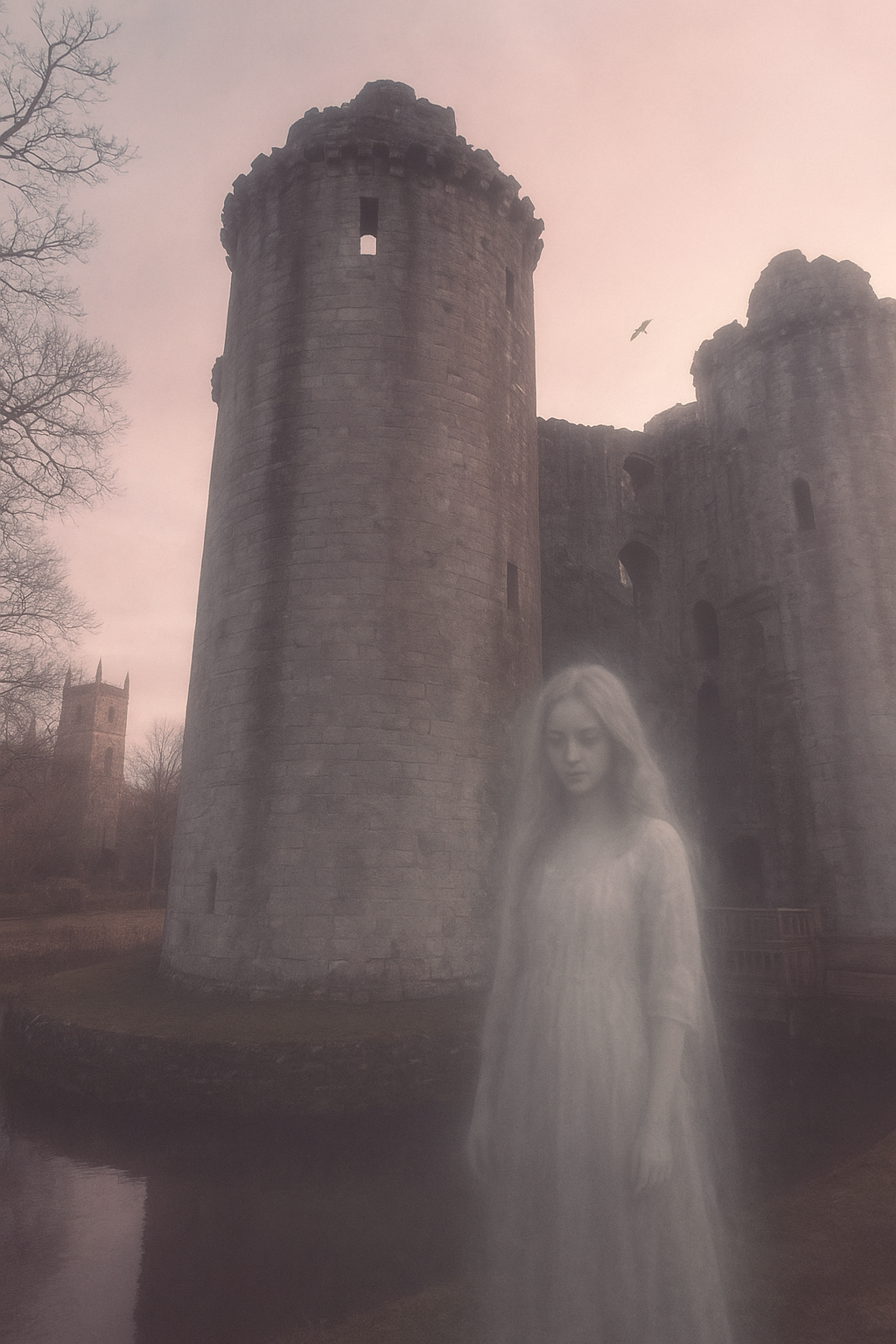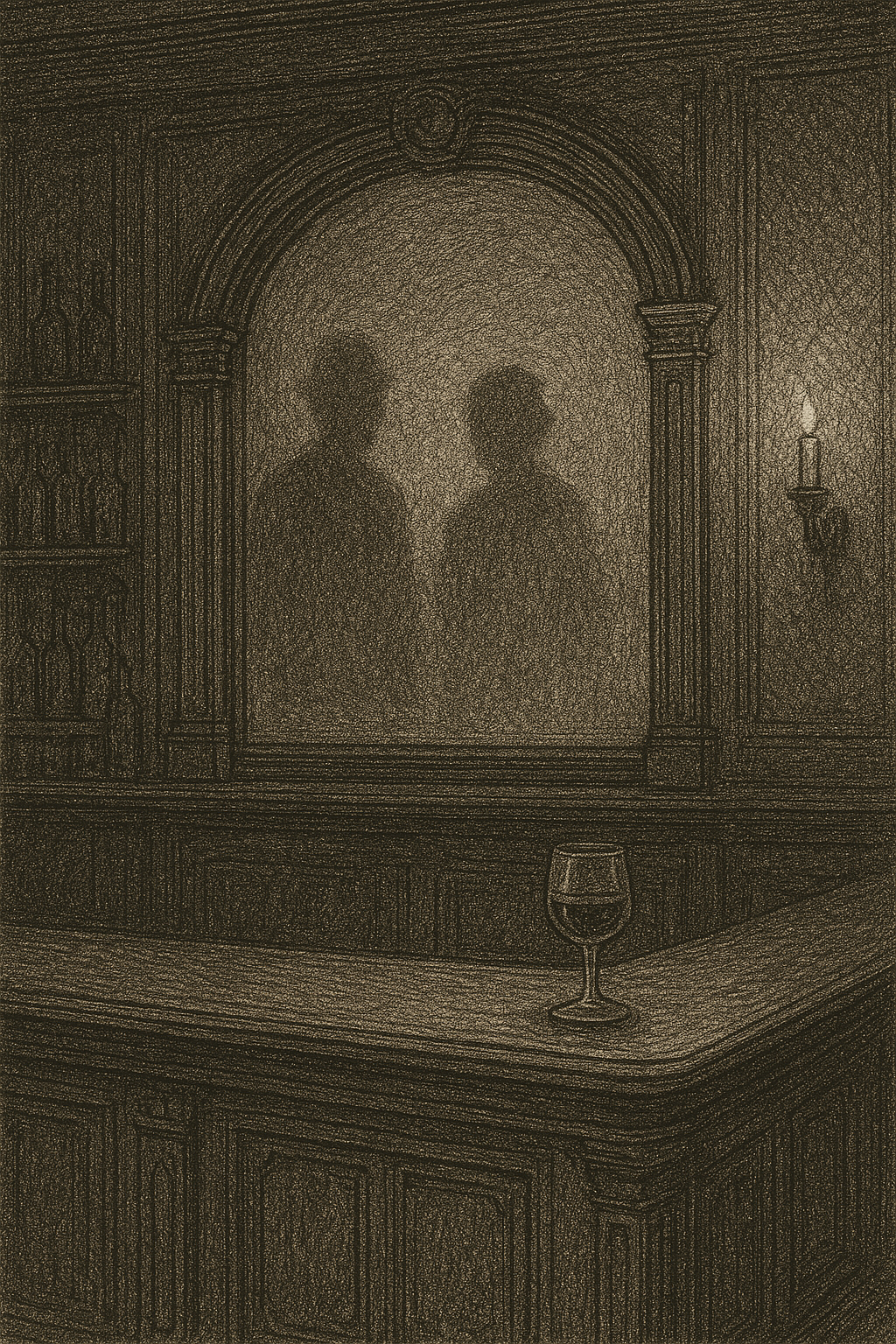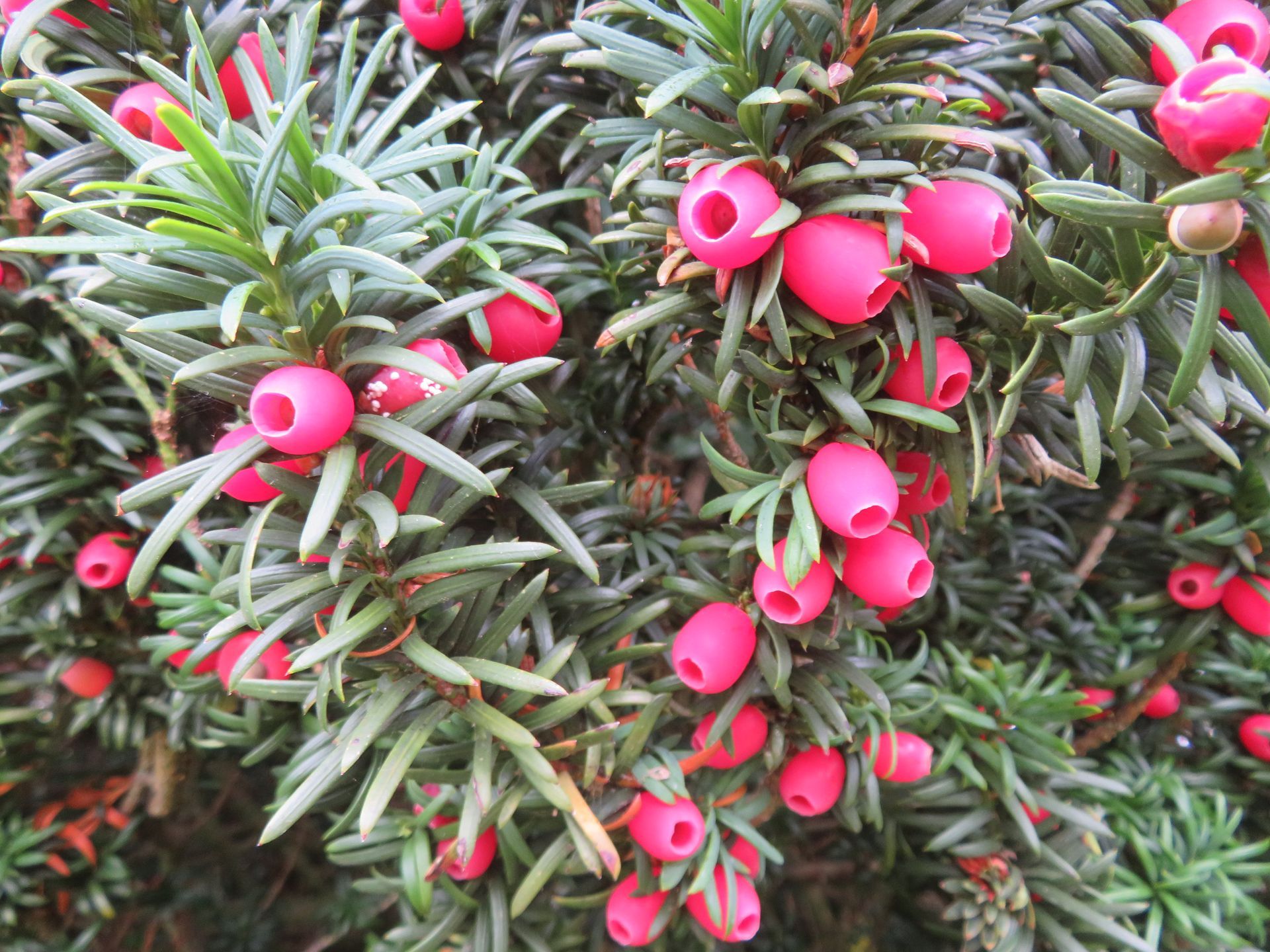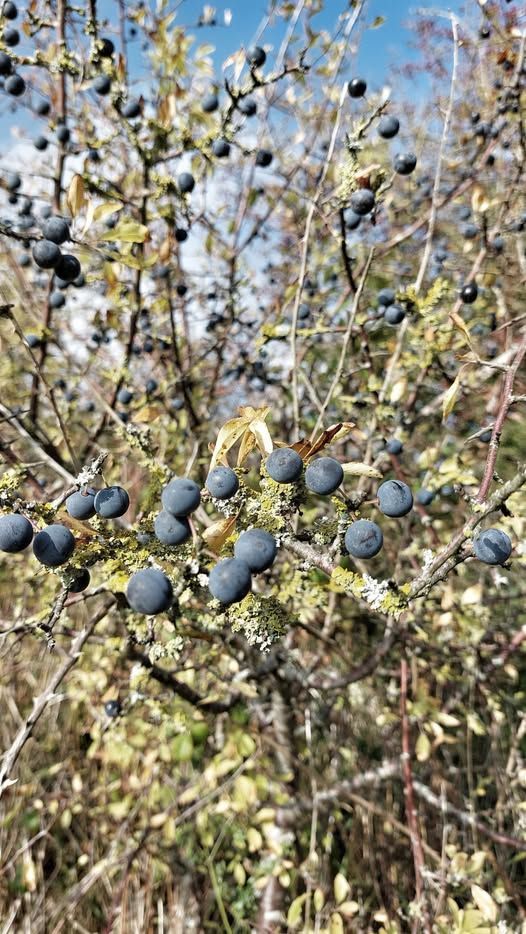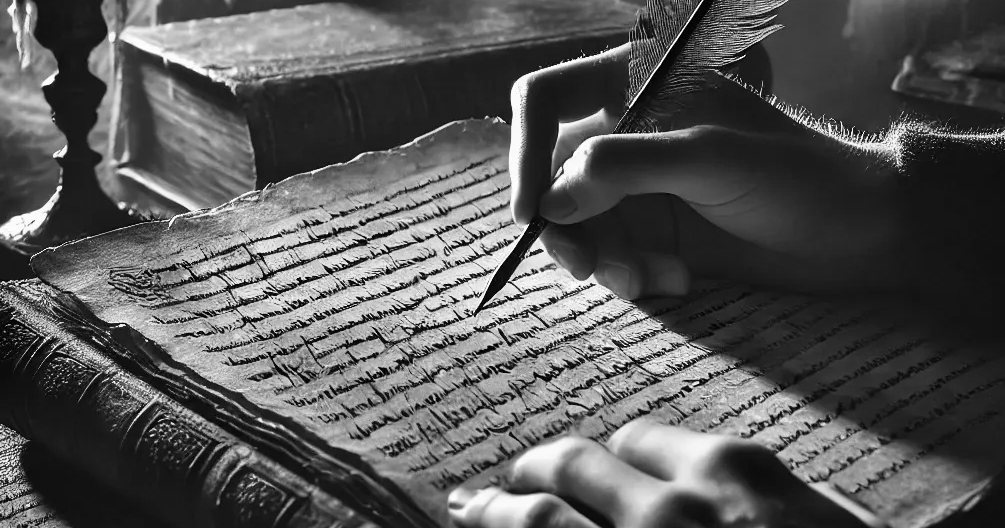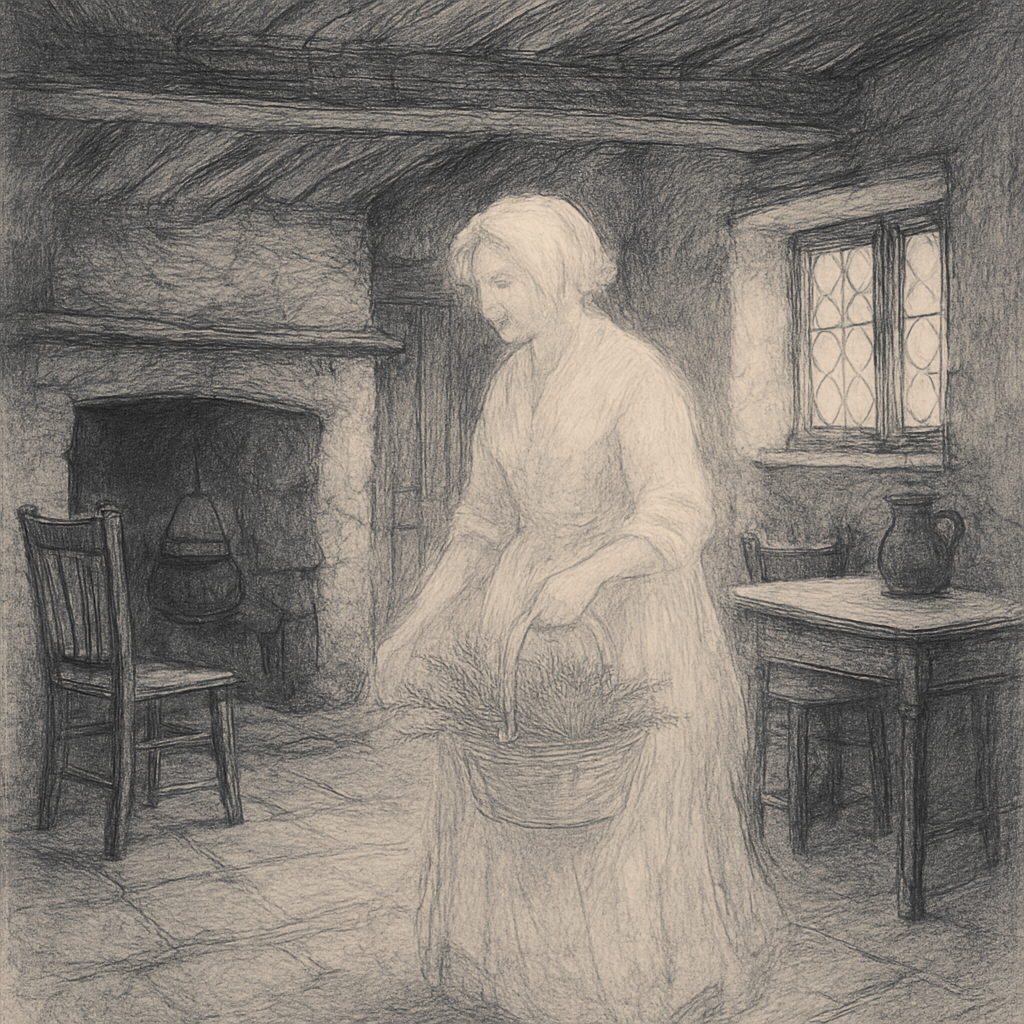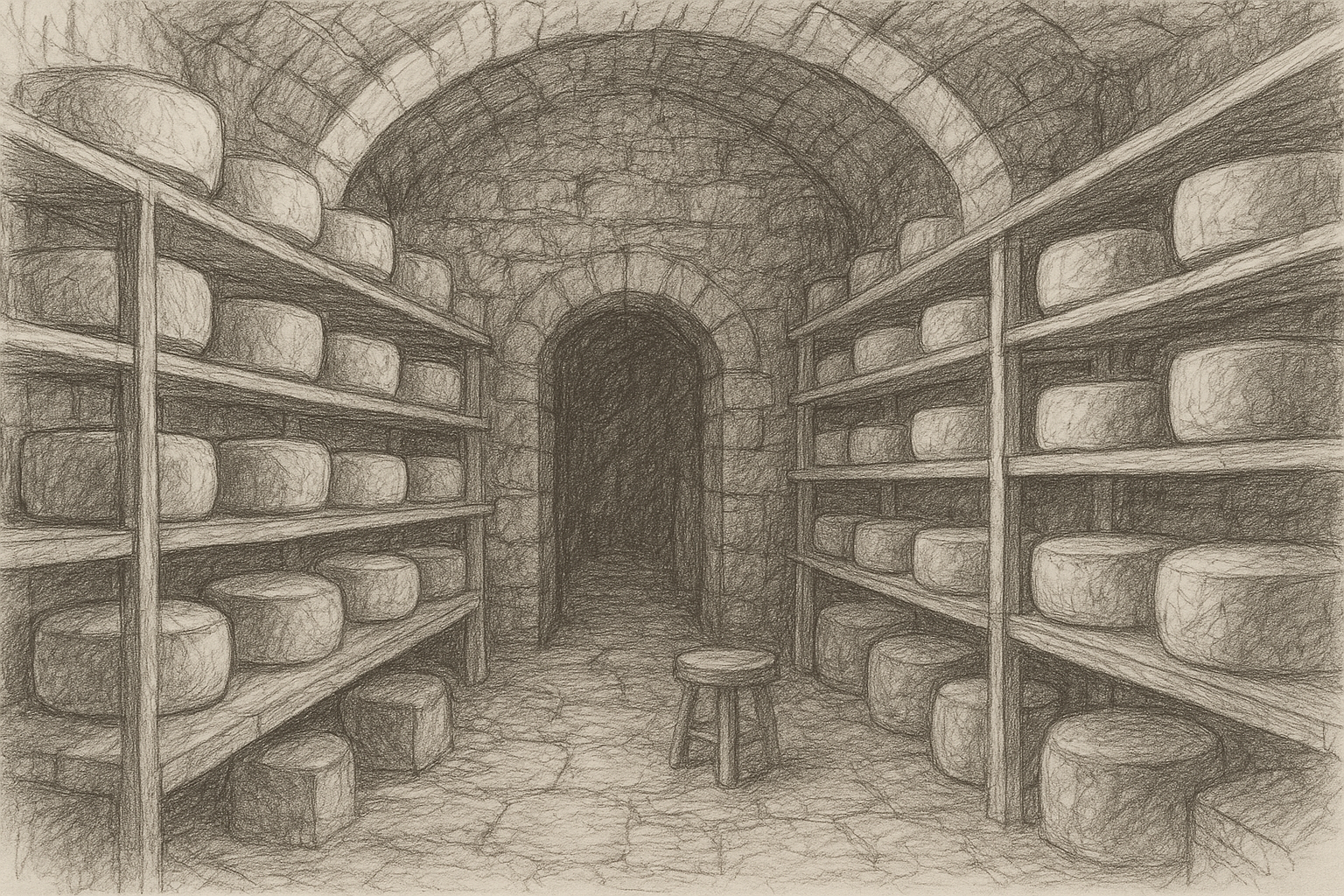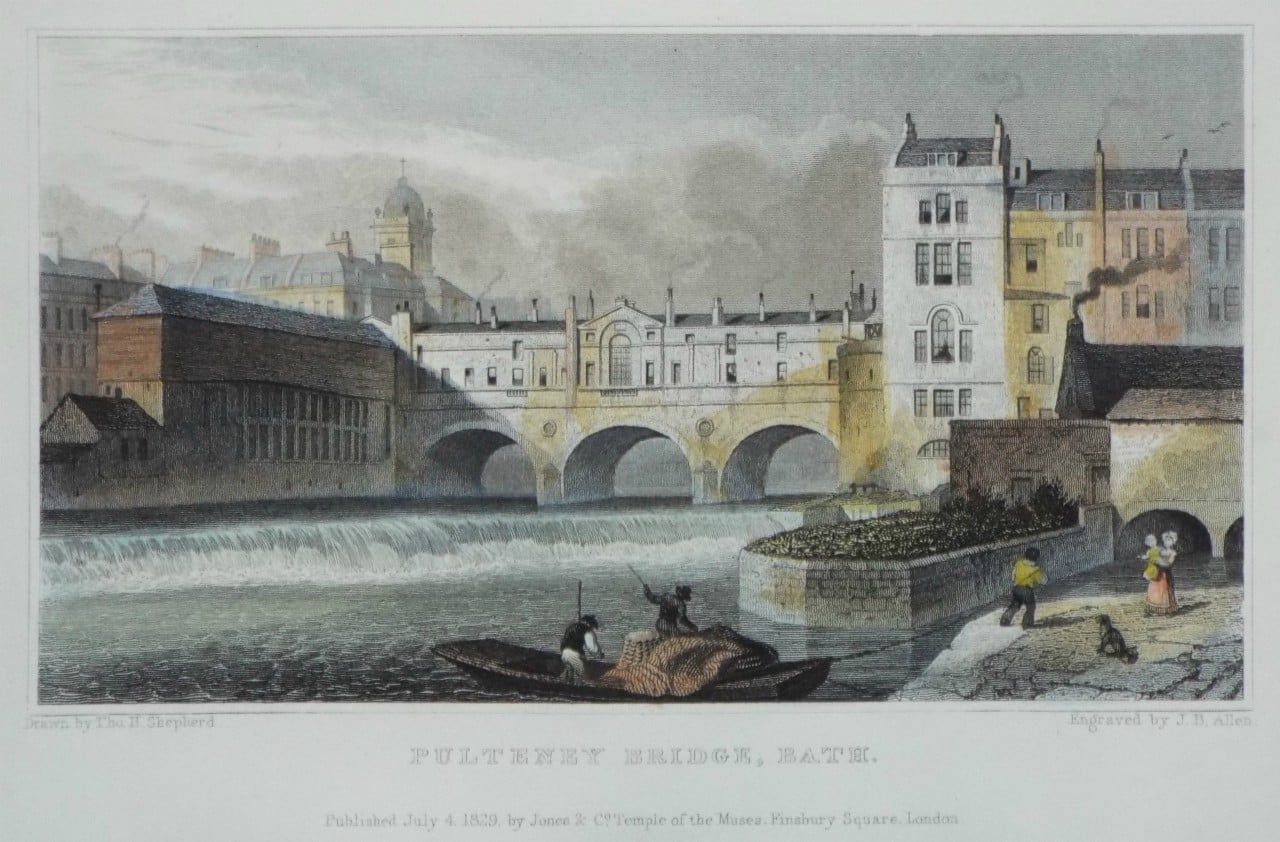By P Wallace
•
October 28, 2025
For this Halloween I thought I would try something a bit different and try my hand at writing a ghost story. This semi fiction story is set in a location in Bath, in the mid to late 1990's and is based on some real life events and experiences by real people in that location over the years, with names changed and with a little help from AI to bring it to life. The Customers that never left.... The restaurant in one of Baths most historical and affluent areas had opened only six months before, its proprietors keen to boast that it was “modern dining within a piece of Bath’s history.” The building had once been Elliston & Co, a grand department store frequented by the city’s most fashionable ladies and in its heyday a destination for royalty. Though the marble counters and mahogany cabinets had long since been replaced by gleaming tables and silver cutlery, the air still carried the faint scent of lavender polish and time. It was a handsome space — lofty windows, ornate plasterwork, and a graceful wooden staircase curving to a mezzanine bar. Yet after closing, when the laughter and the music had faded, the building changed. Its echoes lengthened, its shadows grew bold, and the staff began to whisper. The first to notice was the chef, a practical man with no patience for tales. One regular early Friday morning, while prepping for the busy day ahead, he heard a sharp rapping upon the long window that was between the kitchen and restaurant, at that point in time it was covered over to conceal the kitchen from the restaurant and distractions beyond. Three loud booming knocks — slow, deliberate, as though delivered by a gloved hand. He froze, the knife slipping from his fingers. Beyond the glass lay the empty restaurant, still as a grave in the early morning, as he was the only living soul in the building. When he pressed his palm to the glass, it stung with cold, though the room behind him was warm. A week later, the waitress — a timid girl named Lisa — began to complain of a presence that followed her after hours. She could feel it when she moved between the tables to polish cutlery or gather napkins. It was not merely unease, but the distinct impression of someone standing close behind her, breathing softly. Once she turned so swiftly that her ponytail whipped her shoulder, and she caught a whiff of violets — an old perfume, cloying yet delicate, gone almost before she noticed. The bar staff laughed, until they too began to hear the footsteps . They came from the wide original stairwell that led from the front door, slow and measured — the step of a man ascending while carrying a heavy load. Each night the tread reached the landing, paused, and faded. When the barman dared to go and have a look, the stairs lay empty, though the air was thick with the smell of dust and old cloth. Their manager, a Bath native with a fondness for local history, began to enquire. The archives told him that in 1924, Elliston & Co. had suffered two tragedies. A lady shopper, overcome by some sudden seizure, had died in the shoe department before assistance could be fetched. Not three months later, a gentleman clerk had fallen from a stockroom ladder and broken his neck. There had been talk of ill luck, then the matter was quietly forgotten. After that discovery, the staff grew more cautious. They never spoke openly of “ghosts,” yet a silent understanding spread among them. The waitress avoided the far end of the dining room after midnight; the barman never went down to the cellar alone, as that was also a very scary dark and frightening area with a heavy oppressive feeling as it was under the very old vaults at the bottom of the building. The chef, though he mocked them all, had begun to whistle as he worked — but after that one day, the knocking never happened again to his knowledge. But things were about to take an even spookier turn- One November night, a heavy fog crept up from the river. The city’s lights burned dimly behind it, and within Elliston’s Restaurant, the world felt muffled and apart. The staff lingered after closing, reluctant to step outside. The bar lights glowed low, the last glasses polished. Then came the footsteps again — clear, deliberate, climbing the stair from the cellar. Everyone froze. The barman exchanged a glance with Lisa, whose face had gone pale as milk. Slowly, he crossed the floor and opened the door, then within it, the faint outline of a man appeared — tall, stooped slightly at the shoulders, dressed in dark waistcoat and rolled shirtsleeves. He ascended the final step and halted, looking about as though puzzled to find strangers in his place of work. The light flickered against his face, and they saw it was drained of all colour, like smoke trapped in glass. Behind him, the faint rustle of skirts drifted from the hallway. A woman’s figure emerged, an older lady pale and fine-boned, her hat pinned neatly, her gloved hand resting upon a small handbag. Her gaze travelled over the dining room — the tables, the linen, the flickering candle on the bar — with mild curiosity, as though seeking something once familiar. The chef dropped his towel. Lucy gave a small gasp. The lady turned toward the sound, her expression gentle, uncertain. “Excuse me,” she said softly, her voice the faintest echo of air through silk, “might you direct me to the haberdashery?” No one answered. The barman could only nod toward the stairwell. The lady inclined her head with a gracious smile, then turned to the ghostly clerk beside her. Together they descended the steps, the air growing still in their wake. When at last the fog cleared and silence returned, the staff stood motionless for some time. Then the chef, in a trembling hand, poured a small glass of sherry and set it upon the counter beneath the mirror. It became a custom after that — a quiet offering whenever the lights dimmed and the building creaked with memory. The mirror above the bar, once bright, now held a faint smudge that no polishing could remove — two silhouettes side by side, caught forever in the reflection. And though Elliston’s no longer sold gloves or silks, those who worked the late shifts swore that, sometimes, in the hush before dawn, the scent of violets still drifted through the room. For even now, the last customers had yet to leave. © PWallace/ Bath & Somerset Paranormal Images © Somerset Paranormal
